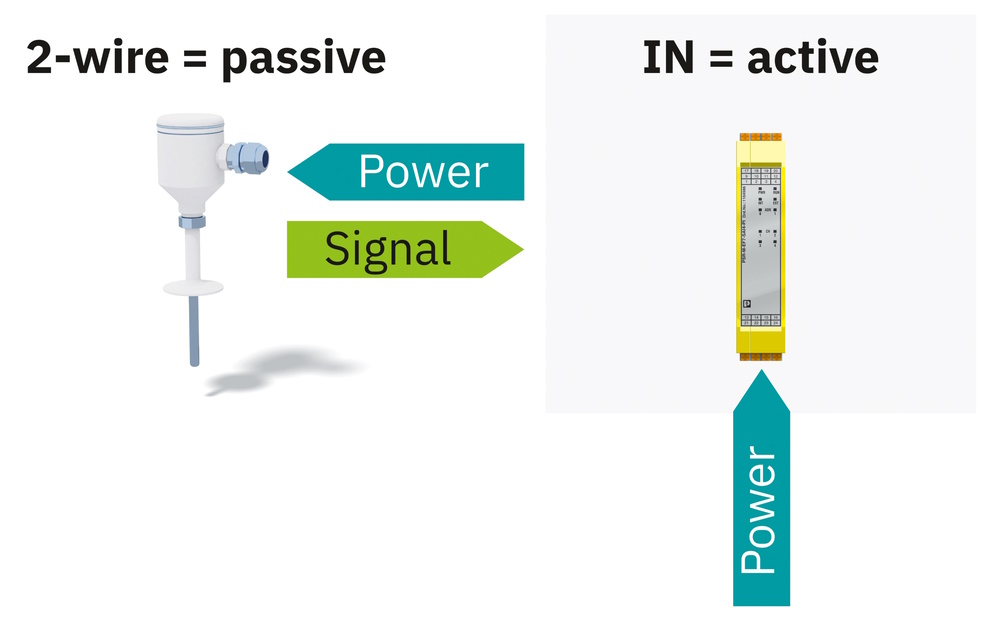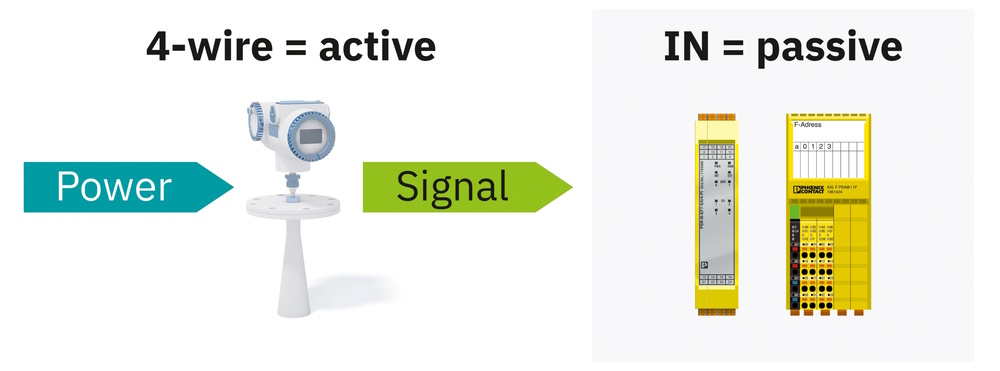Simple implementation with the PSRmodular and AXL F series
Phoenix Contact offers two series of analog signals for monitoring physical variables in process engineering systems. These signals are standardized as either a (0)/4 … 20 mA or a 0 … 10 V signal, with current signals being more robust against electromagnetic interference and having high measuring accuracy over longer cable lengths. Furthermore, the concept considers whether the sensor is powered by the evaluation module or supplied by an external source.

Consideration of load and measurement information
The analog evaluation module distinguishes between active and passive inputs, requiring external supply for passive inputs. Load consideration is crucial when engineering analog signals, and signal conditioners are recommended if it exceeds active inputs. Moreover, NAMUR recommendation NE43 defines signal levels for failure information of digital measuring transducers with analog output signals, with current values outside these limits considered invalid or failure information. The evaluation unit must provide corresponding information or respond to deviations.

Design of functional safety
Single-channel analog signal generators can be used for safety-related circuits up to SIL 2/PL d. While two-channel signal generators can be used up to SIL 3/PL e. MTTFD values can be determined based on sensor manufacturer failure rates. Furthermore, Diagnostic coverage (DC) is required for safety-related analog signals, but plausibility comparison is difficult due to measurement inaccuracies and ambient conditions. Two-channel architectures should allow short-term deviations outside the tolerance range, without impacting functional safety.

Mathematical calculations with analog values
Safety-related threshold values are monitored in applications that require the calculation or combination of different analog values. For instance, force sensors are used for load measurements on cranes and lifting devices to ensure the maximum total load is not exceeded. In addition, in FMEA (Failure Modes and Effects Analysis), the safe state of a fault is determined by the maximum possible value. This allows for the configuration of safety-related automation systems.

Read more here.

